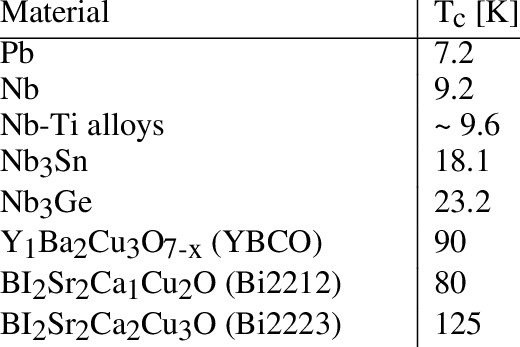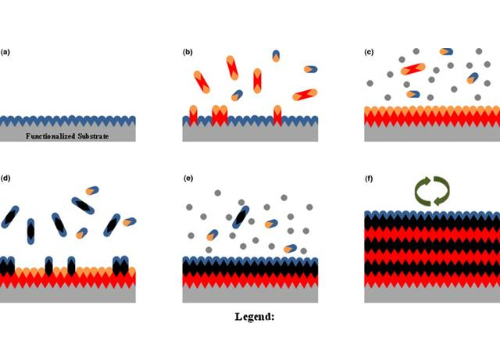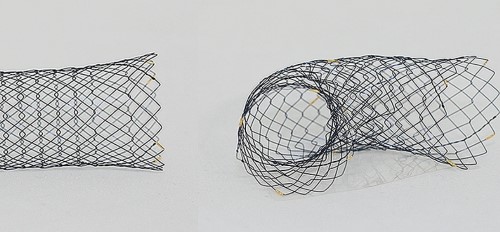Applications of Zirconium Dioxide
Zirconium dioxide (zirconia) is the main oxide of zirconium. Under normal conditions, it is white, odorless, and tasteless crystals, insoluble in water, hydrochloric acid and dilute sulfuric acid. Zirconium Dioxide is inactive in chemical property with the characteristics of high melting point, high resistivity, high refractive index, and low thermal expansion coefficient. In this article, let's take a look at the applications of zirconium dioxide.

Applications of Zirconium Dioxide
Applications of Zirconium Dioxide - 1. Zirconia Refractory Materials
(1). Zirconia Crucible
The melting point of zirconia is as high as 2700℃. Even if it is heated to more than 1,900 degrees Celsius, it will not react with molten aluminum, iron, nickel, platinum, and other metals, silicates, and acid slag. Therefore, the crucible made of zirconia material can successfully smelt platinum, palladium, ruthenium, cesium, and other platinum group noble metals and their alloys, and can also be used to smelt potassium, sodium, quartz glass, oxides, and salts.
(2). Zirconia Refractory Fiber
Zirconia fiber is the only ceramic fiber refractory that can be used for a long time in an ultra-high temperature environment above 1600°C. It has a higher use temperature and better heat insulation performance than alumina fiber, mullite fiber, aluminum silicate fiber, etc., and has stable high-temperature chemical properties, corrosion resistance, oxidation resistance, non-volatile, and no pollution.
(3). Zirconia Furnace Material
As a refractory material, zirconia is mainly used in the key parts of large glass tank kilns. The early used zirconium refractories contained only 33%~35% of zirconia. Japan's Asahi Glass Company has successfully developed a zirconium refractory material containing 94%-95% zirconia, and used it on the top and key parts of the glass furnace, greatly improving the life of the glass furnace.
Applications of Zirconium Dioxide - 2. Zirconia Structural Ceramics
(1). Zirconia Ceramic Bearing
Zirconia full ceramic bearings have the characteristics of anti-magnetic and electrical insulation, wear resistance, corrosion resistance, oil-free self-lubrication, high-temperature resistance, and high cold resistance, and can be used in extremely harsh environments and special working conditions.
(2). Zirconia Ceramic Valve
Zirconia ceramic valves have excellent wear resistance, corrosion resistance, and high-temperature thermal shock resistance, which can be competent in this field.
(3). Zirconia Abrasive Materials
Zirconia grinding balls have high hardness, low wear rate, long service life, can greatly reduce the pollution of grinding materials, and can well guarantee product quality. At the same time, the zirconia material has high density and strong impact energy when used as a grinding medium, which can greatly improve the grinding and dispersion efficiency and effectively shorten the grinding time.
Applications of Zirconium Dioxide - 3. Zirconia Functional Ceramics
(1). Zirconia Ceramic Balls for Ballpoint Pens
(2). Zirconia Ceramic Knives
Zirconia ceramic knives have the characteristics of high strength, wear resistance, no oxidation, no rust, acid and alkali resistance, anti-static, and no reaction with the food. They are the ideal high-tech green knives in the world today.
(3). Zirconia High-temperature Heating Materials
Zirconia is a good conductor at temperatures above 1000°C and can be used as a high-temperature heating element at 1800°C, with a maximum operating temperature of 2400°C. At present, it has been successfully used in heating elements and equipment in an oxidizing atmosphere above 2000°C.
(4). Zirconia Bio-Ceramic Material
Because porcelain teeth made of zirconia do not have a metal inner crown, the teeth have good transparency and excellent gloss, which can effectively avoid problems such as tooth hypersensitivity and black gum lines. Moreover, it has good biocompatibility, does not irritate the oral mucosa tissue, and is easy to clean.
(5). Zirconia Coating Material
Zirconium oxide thermal barrier ceramic coating materials stabilized by high-performance Y2O3 stabilizers are mainly used in high-performance turbine aero-engines.
(6). Zirconia Communication Material
In the ceramic PC type optical fiber connector, the zirconia pin body is its key component.
(7). Zirconia Oxygen Sensor
Applications of Zirconium Dioxide - 4. Zirconia Decorative Materials
(1). Zirconia Gem Material
Zirconia gem materials are divided into natural cubic zirconia and synthetic cubic zirconia. Synthetic cubic zirconia has good optical properties and is a cheap and beautiful substitute for diamonds.
(2). Zirconia Ceramic Jewelry
There are mainly the following types of zirconia ceramic jewelry: silver jewelry inlaid with zirconia, pure zirconia material for accessories, and wear accessories with application functions (typical products are ceramic watch cases, bezels, straps, and other products).
Conclusion
Thank you for reading our article and we hope it can help you to have a better understanding of the applications of zirconium dioxide. If you want to know more about zirconium dioxide, we would like to advise you to visit Stanford Advanced Materials (SAM) for more information.
As a worldwide supplier of zirconium dioxide, Stanford Advanced Materials (SAM) has over two decades of experience in the manufacture and sale of zirconium dioxide, offering customers high-quality zirconium dioxide products to meet their R&D and production needs. As such, we are confident that SAM will be your favorite zirconium dioxide supplier and business partner.



